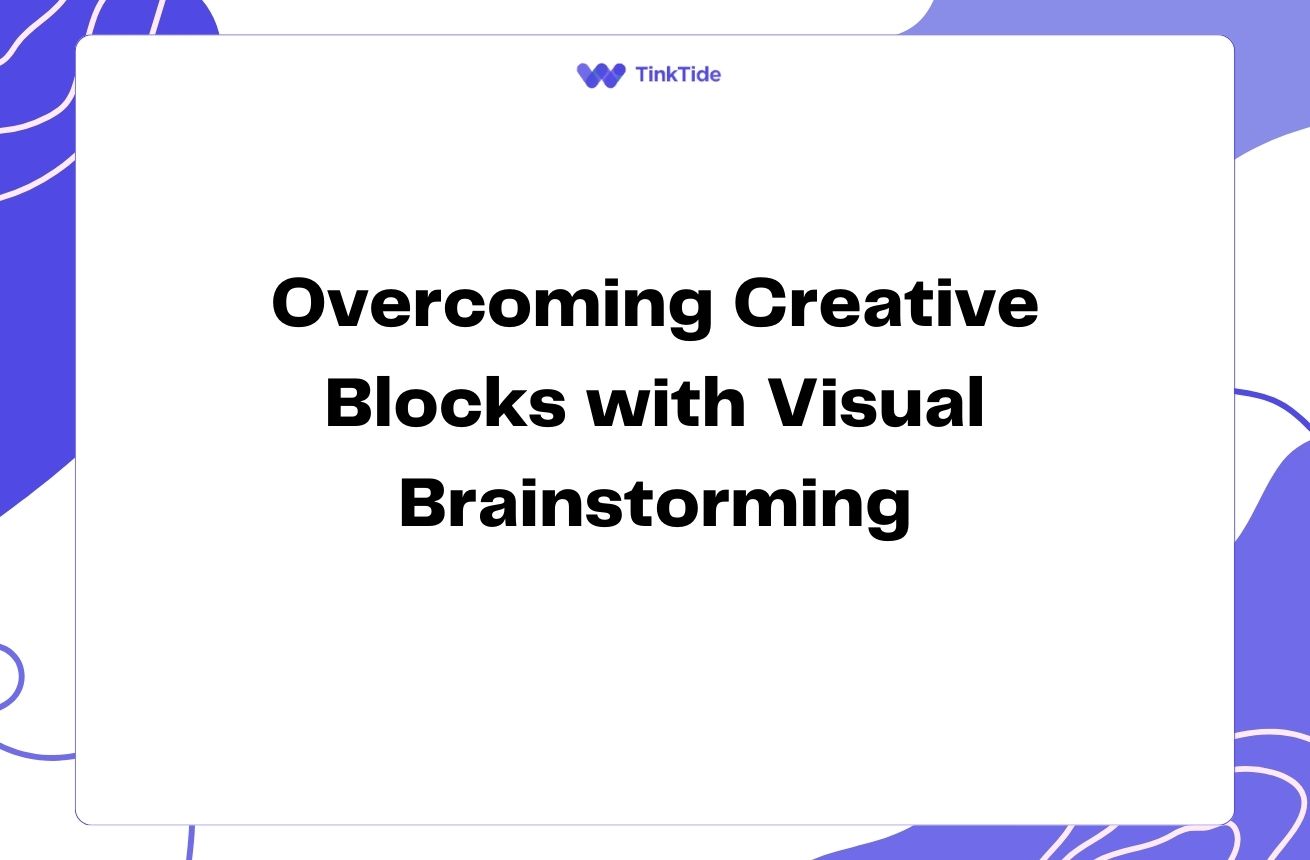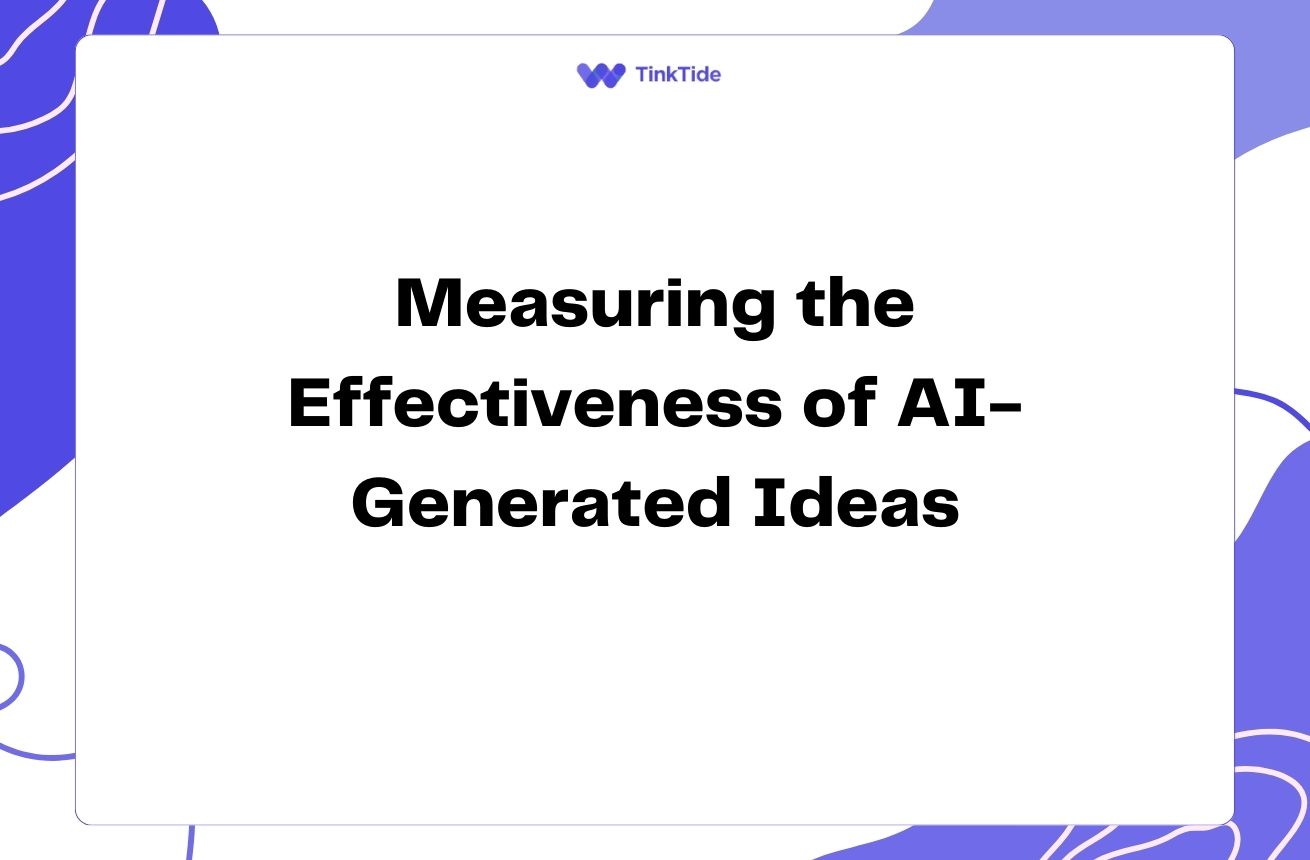Interactive Methods to Create and Refine User Personas
Understanding User Personas
User personas are fictional representations of your ideal customers, based on real data and research. They help teams understand and empathize with their target audience, leading to better product design and user experience.
Creating effective user personas requires collaboration and input from various team members. Interactive methods can make this process more engaging and productive, resulting in more accurate and useful personas.
In this article, we'll explore several interactive techniques that teams can use to create and refine user personas collaboratively. These methods encourage participation, foster creativity, and ensure that diverse perspectives are incorporated into the final personas.
The Empathy Mapping Workshop
Empathy mapping is a powerful technique for understanding users' thoughts, feelings, and behaviors. This interactive workshop helps teams step into their users' shoes and gain deeper insights.
- Divide the team into small groups and provide large sheets of paper or whiteboards.
- Draw a simple empathy map with four quadrants: Says, Thinks, Does, and Feels.
- Have each group brainstorm and fill in the quadrants based on user research and observations.
- Encourage discussion and debate to refine the insights.
- Use the completed empathy maps to inform your user personas.
This exercise helps teams develop a shared understanding of their users and uncover hidden motivations and pain points. For more information on empathy mapping, check out the Nielsen Norman Group's guide.
The Persona Speed Dating Game
This fun and engaging activity helps teams quickly generate and refine multiple user personas. It encourages creativity while ensuring that personas are grounded in real user data.
To play the Persona Speed Dating Game:
- Create stations around the room, each with a different user characteristic or data point.
- Divide the team into small groups and have them rotate through the stations.
- At each station, groups spend 5-10 minutes discussing and adding details to their persona based on the given information.
- After rotating through all stations, groups present their personas to the team for feedback and refinement.
This method allows teams to explore various user attributes quickly and collaboratively, resulting in well-rounded personas. Learn more about this technique in the Interaction Design Foundation's article on personas.
The Persona Prioritization Matrix
Once you have created several user personas, it's important to prioritize them based on their importance to your product or service. The Persona Prioritization Matrix is an interactive method to achieve this.
Here's how to conduct this exercise:
- Create a large grid with two axes: 'Importance to Business' and 'Frequency of Use'.
- Write each persona on a sticky note and place it on the grid based on team consensus.
- Discuss and debate the placement of each persona, encouraging team members to share their reasoning.
- Use the final grid to identify primary, secondary, and tertiary personas for your product development efforts.
This method helps teams align on which personas should be the primary focus for design and development decisions. For more on prioritizing personas, visit the UX Booth guide on creating personas.
The Persona Validation Workshop
To ensure your personas accurately represent your target users, it's crucial to validate them with real data and feedback. The Persona Validation Workshop is an interactive method to refine and improve your existing personas.
Follow these steps for a successful validation workshop:
- Gather recent user research data, customer feedback, and analytics.
- Present each persona to the team and compare it with the new data.
- Use a collaborative tool like Miro or a physical board to make real-time adjustments to the personas.
- Encourage team members to challenge assumptions and provide evidence for any changes.
- Update the personas based on the workshop findings and team consensus.
This method ensures that your personas remain relevant and accurate over time, reflecting changes in your user base and market conditions.
The Persona Storytelling Session
Bringing your personas to life through storytelling can help team members internalize and empathize with users more effectively. The Persona Storytelling Session is an engaging way to achieve this.
Here's how to run a Persona Storytelling Session:
- Divide the team into small groups, assigning each group a persona.
- Ask each group to create a short story or scenario featuring their persona using your product or service.
- Encourage groups to consider the persona's goals, pain points, and emotional journey.
- Have each group present their story to the team, using role-play or visual aids if desired.
- Discuss insights gained from each story and how they might influence product decisions.
This exercise helps teams develop a deeper understanding of their personas and how they interact with the product. For more on storytelling in UX design, check out the InVision guide on storytelling in UX design.
Address common questions
Here are some frequently asked questions about interactive methods for creating and refining user personas:
How often should we update our user personas?
It's recommended to review and update your user personas at least once a year or whenever significant changes occur in your market or user base. Regular validation workshops can help keep your personas current and relevant.
How many people should be involved in creating user personas?
Ideally, involve representatives from various departments, including UX design, product management, marketing, and customer support. A diverse group of 5-10 people can provide a well-rounded perspective while keeping the process manageable.
Can we create user personas without extensive user research?
While it's possible to create initial personas based on assumptions and limited data, it's crucial to validate and refine them with real user research as soon as possible. Personas based on solid research are more accurate and useful for decision-making.
How do we balance qualitative and quantitative data when creating personas?
Aim for a mix of both types of data. Qualitative data from interviews and observations provides depth and context, while quantitative data from surveys and analytics offers broader trends and patterns. Use interactive methods like the Persona Validation Workshop to integrate both types of data effectively.
What if team members disagree on persona details?
Disagreements can be valuable opportunities for discussion and deeper understanding. Use data and evidence to support arguments, and encourage team members to explain their reasoning. If consensus can't be reached, consider creating multiple persona variations to test with users or conducting additional research to clarify the point of contention.
Provide additional resources
A Closer Look at Personas: What They Are and How They Work
An in-depth guide to creating and using personas in UX design
User Persona Template
A customizable template for creating user personas
The User's Journey: Storymapping Products That People Love
A book on using storytelling techniques to improve product design
Lean UX: Applying Lean Principles to Improve User Experience
A guide to incorporating user-centered design principles into agile development processes
UX Research Methods and Resources
A comprehensive collection of UX research methods and tools from usability.gov
Summarize key takeaways
Interactive methods for creating and refining user personas can significantly improve the quality and usefulness of these essential UX tools. By engaging team members in collaborative exercises like empathy mapping, speed dating, and storytelling, you can develop more accurate and insightful personas.
Remember to regularly validate and update your personas using real user data and feedback. This ensures that your personas remain relevant and continue to guide product decisions effectively.
By implementing these interactive methods, you'll foster better collaboration, increase empathy for your users, and ultimately create products that truly meet your target audience's needs and expectations.
Improve Your User Personas Today
Start creating more effective user personas with our collaborative UX tools.
Start Your Free Trial

